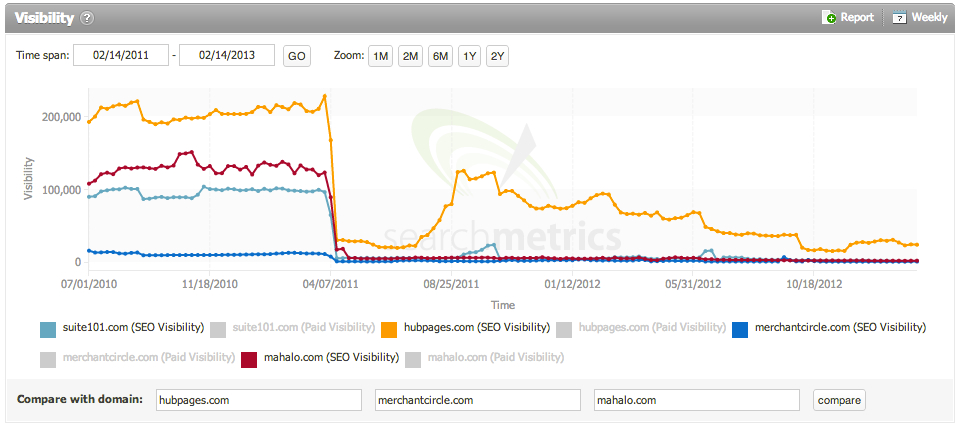

A Beginner’s Guide to Black and White Hat SEO
Will you be the hero or the villain?

With Google’s search engine being the most used globally, appearing on the first page is crucial for every business. After all, don’t we rarely look past the first page? Appearing on it will lead to higher engagement and possibly sales.
So, how does one become the first business to appear on Google? Through SEO, of course! It’s the process of optimising your web page so that search engines can understand your page’s value and relevance and rank them accordingly. In fact, we’ve shared a few tips that may be useful.
What is white and black hat SEO?
When it comes to SEO techniques, it’s just like cowboys in a Western movie, where the good guys wear white and the villains wear black. White hat SEO refers to good and more ethical methods by adhering to the SEO guidelines set by search engines like Google. Meanwhile, black hat SEO goes against the established guidelines and manipulates them to rank higher.
Techniques of white hat SEO
Here are three white hat SEO techniques you should know:
- Offer quality content
The mantra of “content is king” is nothing new, but it has become more prevalent in today’s digital age, where content can be found anywhere in seconds. Create content that has value and is beneficial for your audience. Consider creating evergreen content to establish your expertise and authority.
Once you’ve decided on a topic, do research to know your audience’s keywords for search queries. Afterwards, incorporate those keywords throughout your content. But remember to avoid keyword stuffing — including a specific keyword every chance you get.
Keep in mind that you’re creating content for your audience, not a machine.
- Better page load times and navigation experience
Did you know that page load times contribute to your SEO ranking? The faster the load, the higher the ranking will be. This is an important factor, especially in today’s fast-paced world. If it takes a page too long to load, visitors will jump off and find other alternatives, signalling to Google that you’re not a credible source.
The same principle applies to your website design for navigation purposes. Would you stay long at a website that’s difficult to navigate? And if this happens many times with one website, it again signals to Google that the website is not trustworthy or dependable, diminishing your ranking.
- Authoritative inbound links
Inbound links refer to a legitimate link from another site to your website. When you contribute an article for another publication and link to your company’s website on the bio section, you’ve built inbound links to your website.
Doing so will make audiences aware of your brand, establish your expertise, and get backlinks to your site, increasing the odds of getting noticed by Google. While it’s true that this may take time, it will pay off and sustain in the long run.
Techniques of black hat SEO
However, if you are after high rankings without proper SEO techniques, you might be guilty of these.
- Keyword stuffing
In the olden days, a broken record will repeat the same section over and over. Keyword stuffing is the digital equivalent, meaning that you repeat the same keywords on every paragraph. Not only does it disrupt the flow of the content, but it’s also annoying and hard to follow for the audience.
- Paid links
If you pay other sites to link to your content, you’ve violated Google’s guidelines that strictly ban the buying and selling of links. This is not only limited to cash but also applies to the sending of gifts in exchange for links. They even asked users to help them identify such incidents, and both the buyer and seller are subject to a penalty if proven so.
- Creating bad content
Bad content adds no value to your audience. It could be content that duplicates other websites that are more credible, content that doesn’t particularly answer your audience’s questions or is misleading, or content that’s not structured or uses difficult terms that would be hard for readers to understand.
Why should you avoid black hat SEO?
As Google’s algorithm becomes “smarter,” it will become harder to deploy black hat SEO techniques. Such updates are released regularly to close the loopholes that black hat SEO exploits. Doing so will result in a better experience for users. The 2011 Panda update, for instance, caused thousands of web pages to see their ranking drop.
The initial update in 2011 drastically changed 12% of the rankings in Google. Content farm sites like HubPages, About.com, and eHow were hit hard. HubPages’ SEO visibility, for example, experienced a steep drop, as seen below (in orange).

Additionally, deploying such techniques puts you at risk of getting manual penalties. You’ll be penalised because you’ve violated their guidelines based on a human review. If this happens, it will prevent your website from appearing on its search results, achieving the opposite intentions that you’d set out to achieve.
While it’s true that ranking high on search engines should be a top priority for every business, doing it ethically using white hat SEO techniques is equally important, if not more. This will enable companies to stay relevant for search engines in the long term, unlike black hat SEO, which has the risk of being blocked altogether.
Read more from Click2View:
- 7 Types of Infographics You Should Know
- Leveraging Events for Your Content Marketing Strategy
- Our Valuable Ukrainian (and Russian) Animation Production Partners
- Redefining authorship with AI writing tools
Sign up to our newsletter for a weekly update on the latest content marketing news. Don’t forget to subscribe to our YouTube channel too!
Click2View is Southeast Asia’s premiere full-service independent B2B content marketing agency servicing clients like Microsoft, Google, Visa, Prudential, and the Lee Kuan Yew School of Public Policy.








